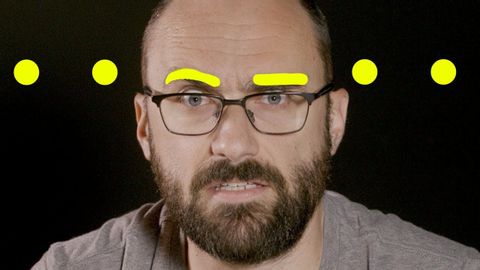- • − − • • • − • − • • • − − • (• − − • • • − • − • • • − − •)
林宜悉 が 2021 年 01 月 14 日 に投稿  この条件に一致する単語はありません
この条件に一致する単語はありませんUS /ˈɛpɪˌsod/
・
UK /'epɪsəʊd/
- n.言い回し;音楽の節;語句;句
- v.t./i.言い表す
US /ˈpɪriəd/
・
UK /ˈpɪəriəd/
- n. (c./u.)期間 : 時代;強調;終止符;生理;授業時間 : 時限
US /dɪˈskrɪpʃən/
・
UK /dɪˈskrɪpʃn/
エネルギーを使用
すべての単語を解除
発音・解説・フィルター機能を解除

